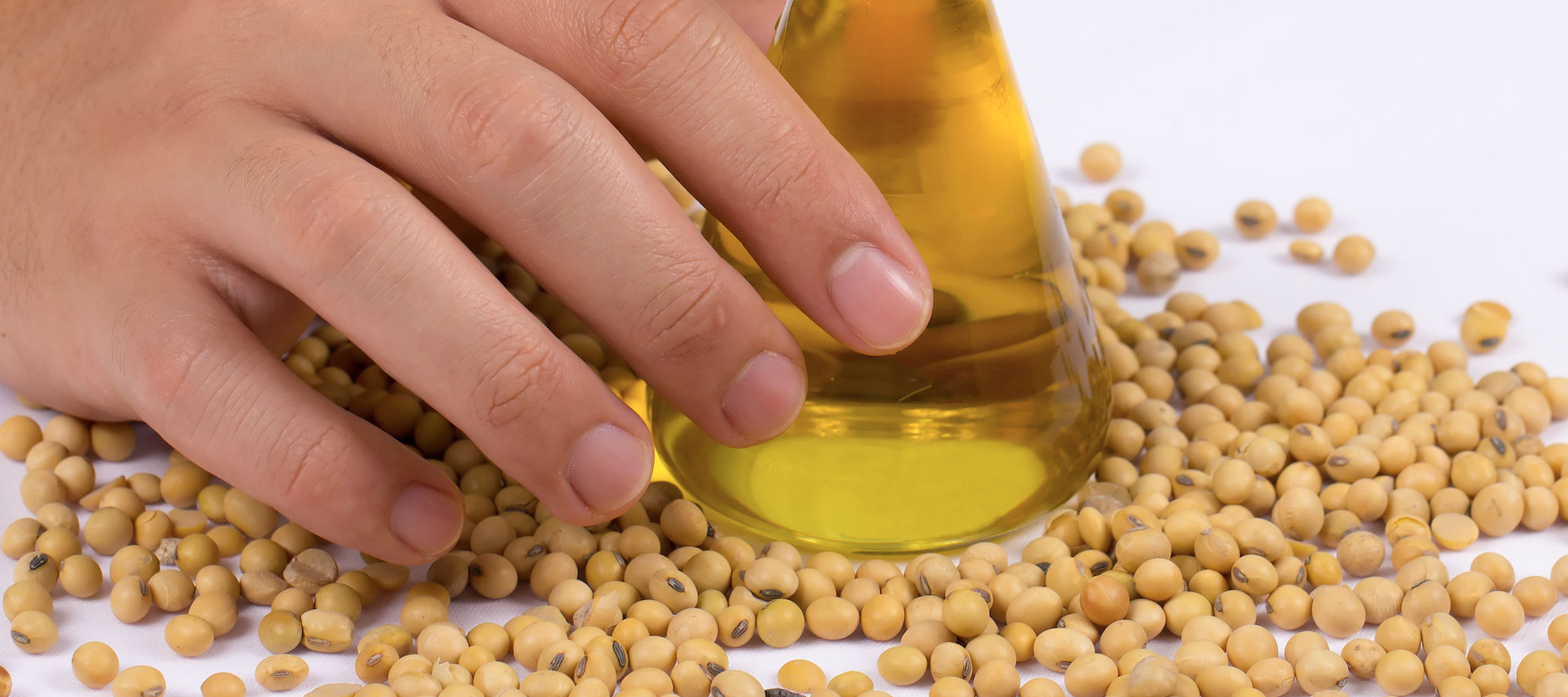11.21.2025
Sausage casings bulletin, November 21, 2025

...

The bean oil/heating oil spread (BOHO) represents the differential between soybean oil and heating oil futures and is used to gauge the practicability of discretionary biodiesel blending. In other words, it reflects blending economics. The higher the spread climbs, the more expensive it becomes to produce biodiesel. The BOHO hit its highest level in over two years, rising nearly five cents to 62.68 cents per gallon on Wednesday. Plummeting heating oil values have dimmed the economic outlook on blending to a level not seen since November of 2017. In the past three weeks the market has seen heating oil prices reach an eight-month high and then quickly swing to a five-month low. Even with the Blenders tax credit (BTC) back in place, discretionary blending by biodiesel producers may be limited to the most efficient of producers.
Should biodiesel production slow further due to unfavorable economics, soybean oil demand from the biodiesel market could decline. Given the strong crush and growing soybean oil stocks on hand, this could lead to a further decline in soybean oil prices unless demand for soybean oil rises in the food and/or export sector. While the biodiesel sector is not the primary driver in the overall soybean oil equation, it does represent 32 percent of projected 2019/20 demand from the latest USDA World Ag Supply and Demand Estimates.